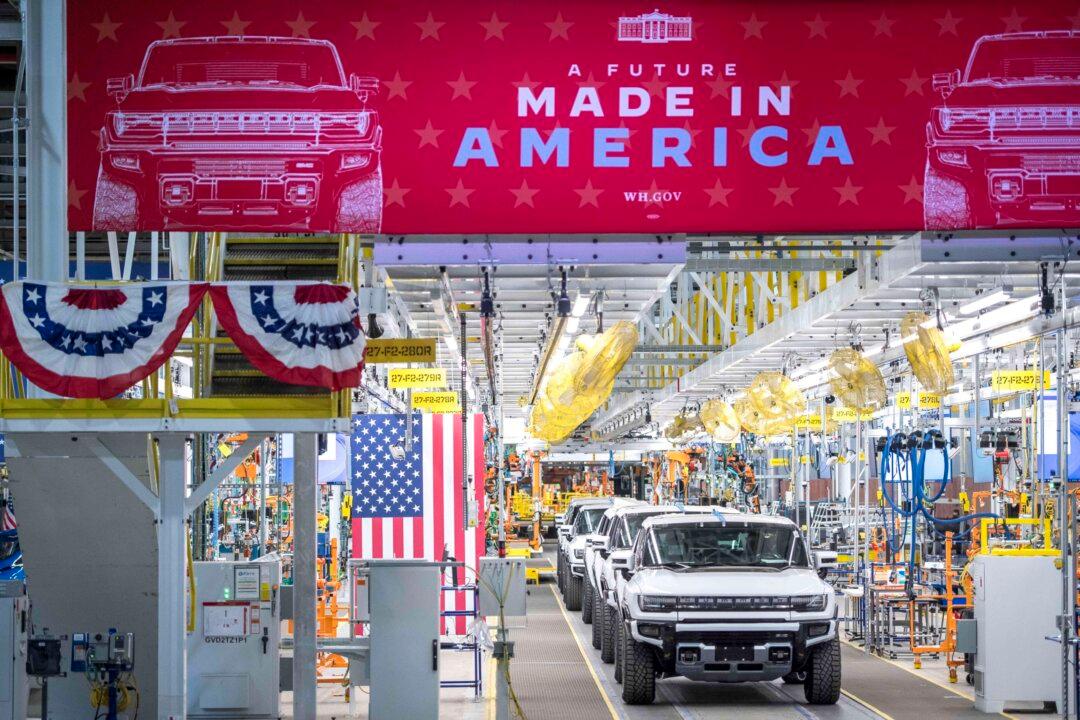President Joe Biden is sabotaging his own success in reviving domestic manufacturing by entangling the nation’s electric grid in regulatory red tape, a May 21 Senate hearing was told.
With power demand poised to triple in coming decades, panelists and witnesses said they call on the administration to accede to “so, so desperate” calls for permitting reform.





